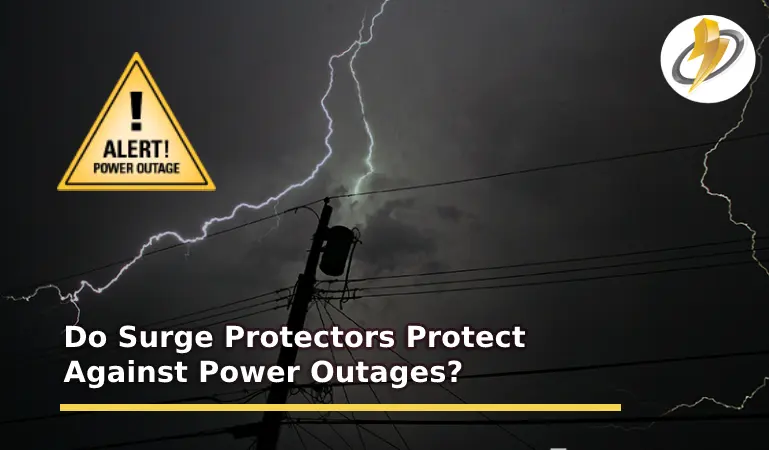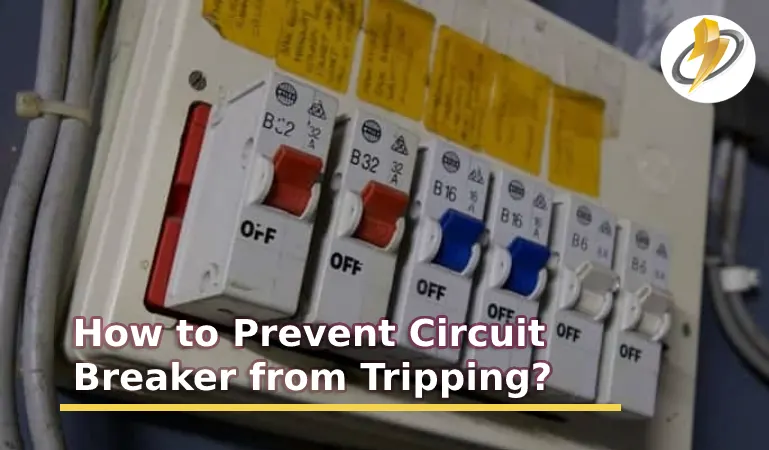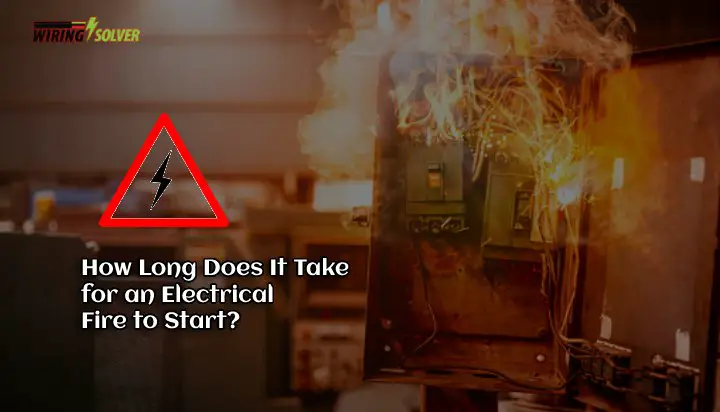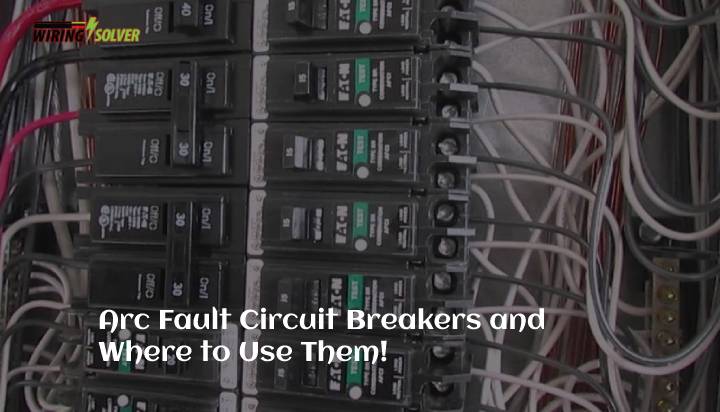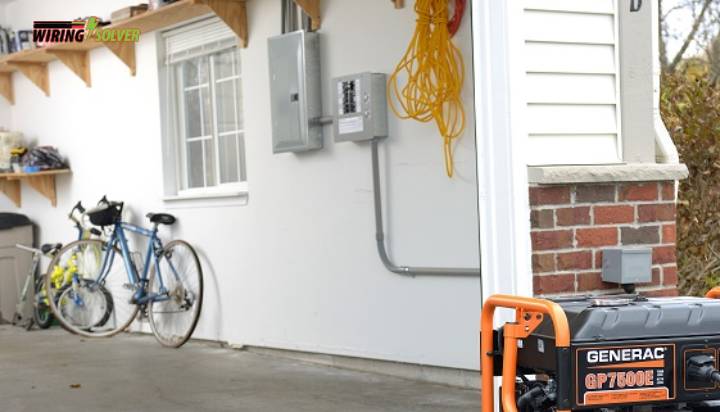The electrical plug is an everyday item, but how much do we really know about them? Have you ever wondered why they have holes in the pins?
The holes in the pins of an electrical plug are designed to prevent any electrical sparks from occurring and to make sure the plug can’t be inserted the wrong way. The holes also help to regulate the flow of electricity from the plug to the device.
Throughout this article, the importance of these holes in an electrical plug will be discussed thoroughly. So, without further ado, let’s begin.
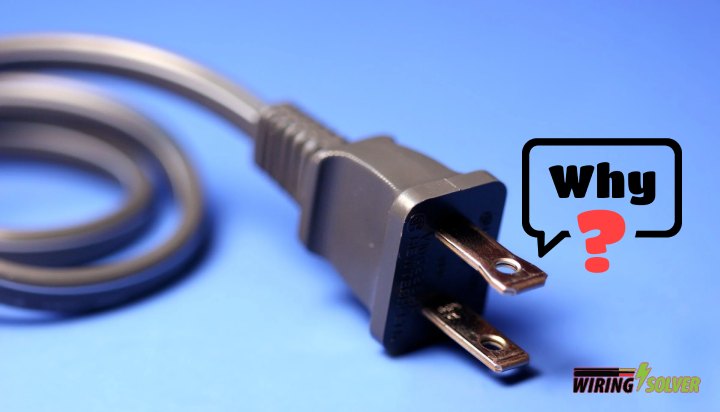
Why Do Electrical Plugs Have Holes in The Pins?
Dealers made electrical plugs with holes for alignment to prevent different height sizes. Other than that, the proper grip and sealing are some reasons too.
In the US, most homes own the 3-prong or 2-prong plug which contains visible ‘circle’ holes, which has a good reason to put these.
When you use them, they work exactly like a normal plug type (with no holes). You should check how to wire a 3-prong dryer outlet for study purposes where plugs with holes are being used.
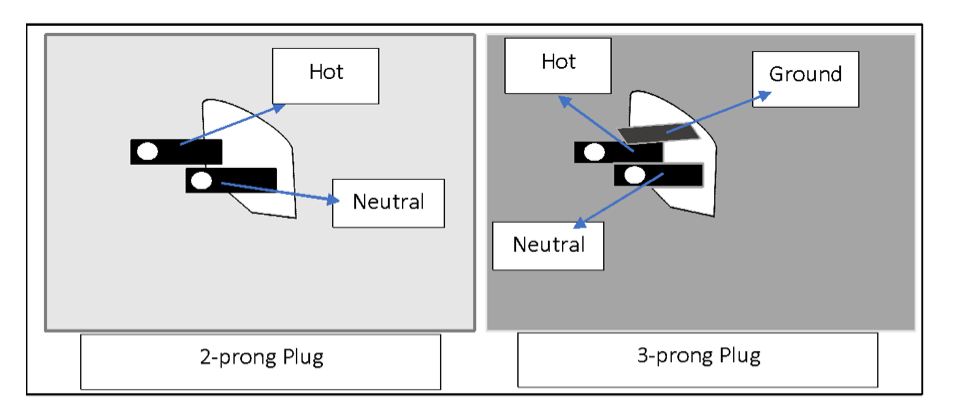
To understand the point better, it’s wise to learn what are the holes in a plug socket called. Let’s find that out.
- In a 2-pin plug, you’ll find two holes. One hole is a ‘Neutral’ pin on the left side of the plug. And, another hole in the ‘Hot’ or ‘Positive’ pin on the right side.
- In a 3-pin plug, there are 3 holes. The left pin is ‘Neutral’. Then, the right pin is ‘Hot’ or ‘Positive’. Lastly, the third one aka the ground pin is located on the top.
After learning the above topic, now you can easily catch why are there holes in electrical plugs. There is also a limit to how many things you can plug into one outlet.
What Are Some of the Functions that these Holes Have?
There are several functions that these holes provide, such as grip, alignment, sealing, etc. Let’s take a deeper look at these topics below.
Proper Grip
The first reason that all electrical plugs have holes is due to grip. To put it simply, not all plugs hold dimple springs which makes it harder to attach the pins inside the outlet.
The round circle in the tip of the plug’s pins plays a good role to ensure no slippage issue when being attached. Also, they ensure a strong and secure connection to transfer an electric current.
To do that, the holes of electrical plugs fit inside the outlets. Besides, a user doesn’t have to think of a disturbance of electricity.
Manufacturer’s Sealing Purpose
Another reason for the holes in the electrical plugs is because of the manufacturer’s benefit during the sealing project.
When a product is being made, sometimes it needed to be tagged or sealed with a zip tie or a label to differentiate the electrical plug from other types.
For convenience, the holes of plugs help a lot for dealers to tie down the zips or labels. With this special design, dealers can convey important text to their buyers.
Alignment
Lastly, the electrical plugs have holes to ensure good alignment which helps the manufacturers easily understand the 2-pin height. This way the dealers can save the money needed on raw materials.
Based on the Dunkin’ Donuts Munchkins theory, the manufacturers make electrical wire pins using metal. With the melting procedure, the dealers construct them with holes.
And, the alignment helps the electrical wire pins (neutral, hot, and ground) to be leveled and stand at the right height.
How Do these Holes in Electrical Plugs Improve Electrical Performance?
These holes help to ensure that the electrical current flows smoothly and efficiently. They improve electrical performance by providing a secure and stable connection between the plug and the outlet.
The holes in the pins come into contact with the corresponding prongs on the outlet. This creates a physical connection between the two, which helps to prevent any stray electrical current from escaping.
The holes in electrical plugs also help to reduce electrical resistance, which can occur when the electrical current is flowing through a conductor that has a high resistance.
This can cause the current to become weaker and less efficient, leading to reduced performance and potentially even overheating or damage to the device or appliance.
By providing a low resistance path for the electrical current to flow through, the holes in electrical plugs help to minimize this resistance and improve the overall performance of the electrical system.
Overall, the holes in electrical plugs play a crucial role in improving the performance and safety of electrical systems.
Summary
Overall, electrical plugs have a range of features that are essential for modern life. The holes in the pins are a vital part of making sure the plug can be used safely, and also regulate the flow of electricity.
Without them, the devices we use wouldn’t be able to function properly. The next time you plug something in, take a moment to appreciate the small but important details that make sure everything works correctly.

